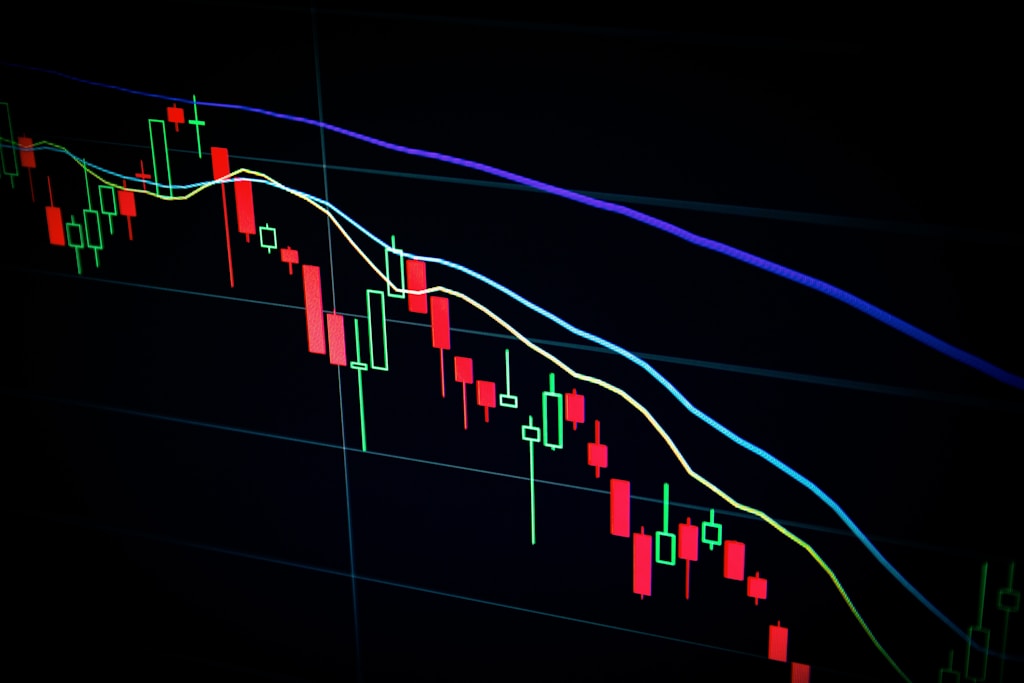Wall Street Loses $2.85T as Recession Odds Hit 49% on Polymarket
The U.S. financial markets are experiencing unprecedented turbulence as Wall Street hemorrhages $2.85 trillion in value, while crypto prediction market Polymarket shows recession probability surging to 49%. This market upheaval comes in direct response to President Trump’s recent tariff announcements that have sparked widespread market fear.
Key Market Developments:
- Wall Street’s $2.85T loss represents one of the largest single-week declines since 2008
- Polymarket’s recession prediction contract reaches 49% probability
- Trump’s “Liberation Day” tariff policy triggers market-wide selloff
SPONSORED
Navigate market volatility with up to 100x leverage on perpetual contracts
Understanding the Market Impact
The dramatic market decline coincides with significant cryptocurrency market turbulence, as investors seek safe havens amid growing economic uncertainty. Polymarket, a leading crypto prediction platform, has become a key indicator of market sentiment, with its recession probability contract drawing substantial trading volume.
Trump’s Tariff Policy: The Catalyst
On April 2, 2025, President Trump’s announcement of the “Liberation Day” tariff policy sent shockwaves through global markets. The policy, which includes substantial tariffs on Chinese imports, has reignited concerns about global trade tensions and their impact on economic growth.
Expert Analysis
Market analysts suggest the combination of aggressive tariff policies and existing economic pressures could accelerate the timeline for a potential recession. The Polymarket data, representing real money bets from traders, provides a unique perspective on market sentiment.
FAQ Section
What does the 49% recession probability mean?
This figure represents the market-implied probability of a U.S. recession occurring by 2025, based on real money trading activity on Polymarket.
How does Polymarket calculate recession odds?
Polymarket uses a prediction market model where traders buy and sell shares representing different outcomes, with prices reflecting market consensus probability.
What defines a recession in this context?
The market defines a recession as two consecutive quarters of negative GDP growth in the United States.
Market Outlook and Implications
As traditional markets continue to show signs of stress, investors are closely monitoring both Wall Street indicators and crypto prediction markets for signs of where the economy might be heading. The convergence of these signals suggests increased caution may be warranted in the months ahead.






